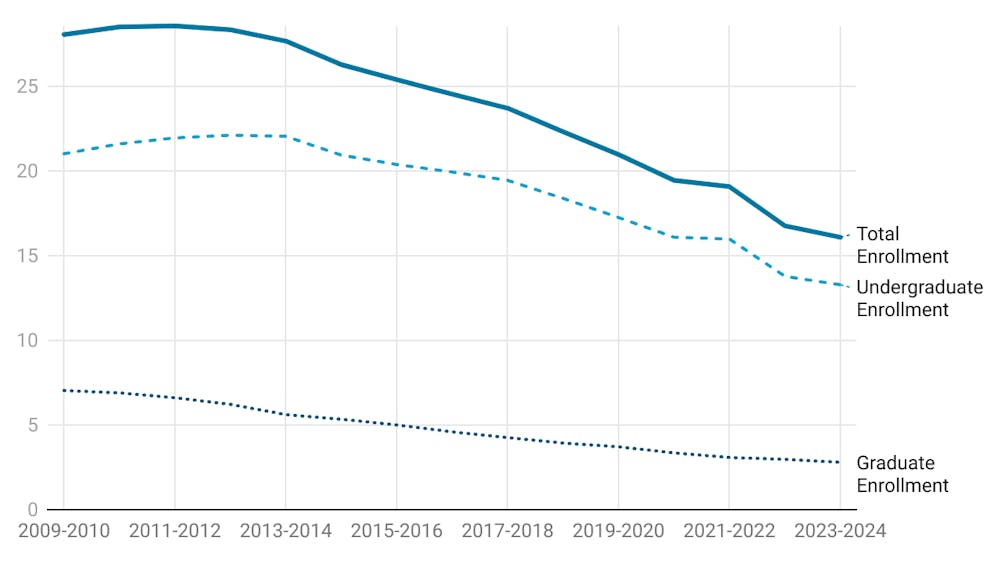Two of the most pressing public policy problems facing the country are soaring national debt and rampant environmental degradation. For years, solutions have proved elusive. But what if I told you that there was a way to ameliorate both of these concerns with no real cost to anyone, and make your life a little simpler to boot?
The answer is straightforward: Eliminate small coins.
According to the United States Mint, in 2011, it cost the taxpayer 2.4 cents to produce a penny, and 11.8 cents for a nickel. One can scarcely imagine a better example of government inefficiency than spending twice as much to create a piece of currency as it is worth.
Over the course of the entire U.S. economy, this waste ends up costing the Treasury $105 million per year. That’s enough to give every single student at EMU free, full-time tuition for a semester – with money left over.
Costs can be measured in damage to the environment as well. Pennies are composed of copper and zinc, both of which are on the Environmental Protection Agency’s “Priority Pollutants.” Zinc can contaminate waterways and disrupt aquatic life there, whereas nickel and copper smelting can despoil the ground and vegetation in the surrounding area.
In 2013, 7 billion pennies were produced, weighing 2.5 grams each, and were 97 percent zinc, 3 percent copper. Nickels (paradoxically), consist of 75 percent copper and 25 percent nickel, weigh 5 grams, and 1.2 billion were produced. Do to the math, and that equates to approximately 37 million pounds in zinc, 11 million pounds in copper, and 3 million pounds of nickel being mined, resulting in innumerable environmental consequences.
But in Washington, D.C., it seems like every interest group, no matter how obscure, has a lobbyist, and metal production companies are no different. “Americans For Common Cents” is a front group set up by the zinc lobby to trot out arguments in favor of the penny. None of them are terribly persuasive, if for no other reason that they are being made by a group with a direct financial interest in keeping the status quo.
In summary, it is argued that doing away with petty coins would hurt consumers by businesses rounding prices up and would hurt charities by preventing them from collecting change. These concerns are understandable, but it is little reason to believe that they would come true.
To begin, if businesses were simply required to round up or down as appropriate to the nearest ten when calculating the bill, half of the time, the consumer would win, half of the time, businesses would win. What this means is, on average, neither party would be any better or worse off.
As for the charity fallacy, as John Acton of the Harvard Political Review notes, when Canada abolished the penny, non-profits actually saw a surge in revenue as the government encouraged citizens to donate their remaining pennies. Furthermore, some charity CEOs were hopeful that the switch would lead to people donating higher-value currency instead.
Of course, getting rid of small coins will not eliminate the deficit or save the planet singlehandedly. But given the measurable benefits, and the virtual absence of any serious repercussions, it is exactly the change the county needs.









